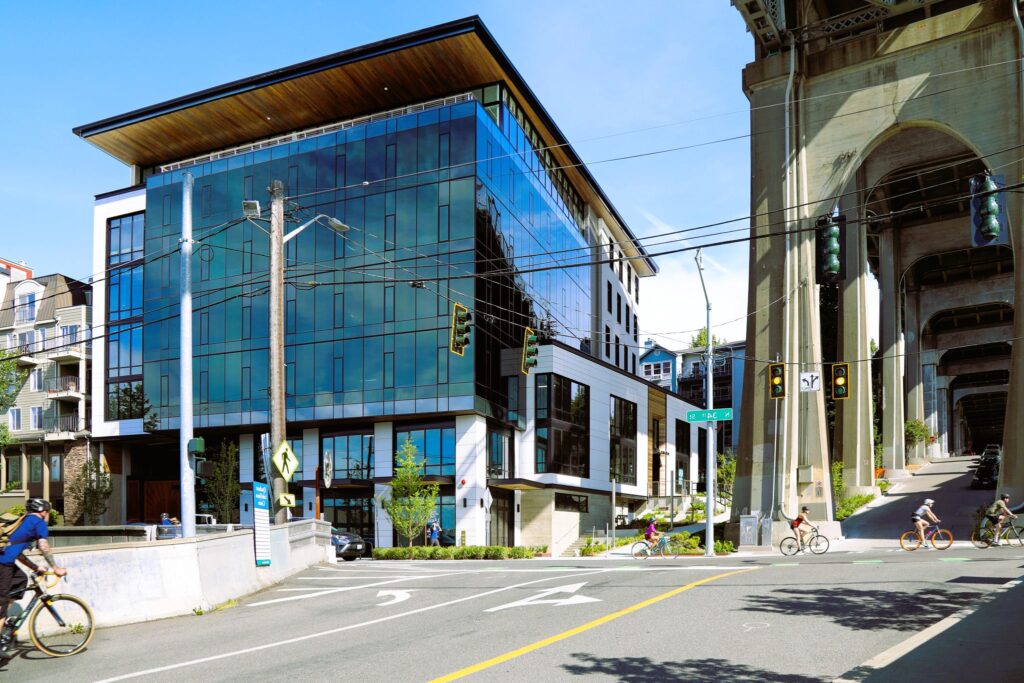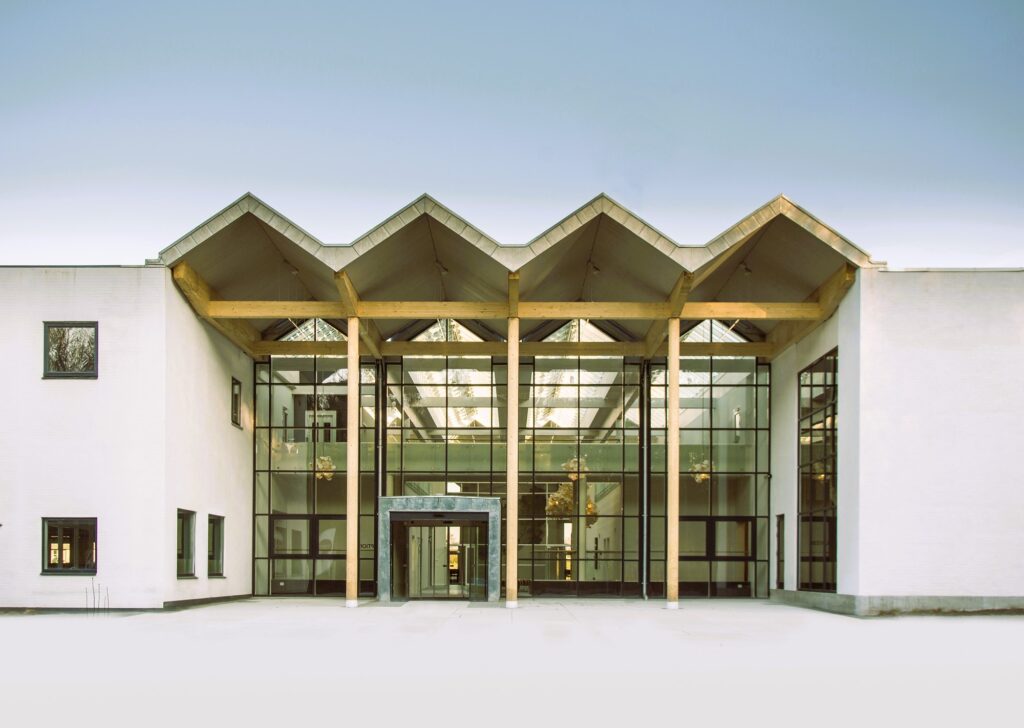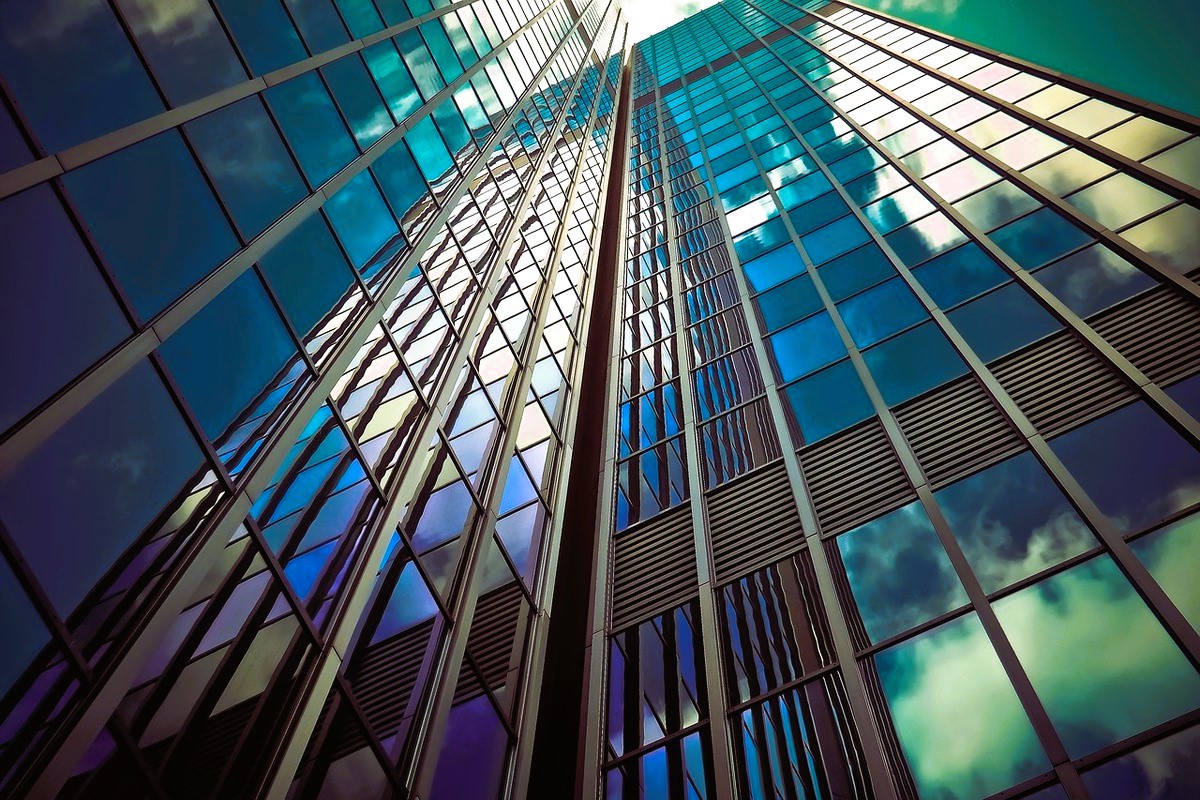As the demand for sustainable and eco-friendly solutions continues to rise, commercial buildings are increasingly seeking ways to improve their energy efficiency and reduce their environmental impact. One essential aspect of sustainable building design is the use of eco-friendly windows. These windows play a significant role in enhancing energy efficiency, promoting indoor comfort, and lowering greenhouse gas emissions. However, incorporating eco-friendly windows into commercial buildings comes with its unique set of challenges. In this article, we will explore the challenges faced in adopting eco-friendly windows for commercial buildings and the innovative solutions that address these challenges.
Challenges in Adopting Eco-Friendly Windows for Commercial Buildings:
- Cost Considerations: One of the primary challenges faced by commercial building owners and developers is the initial cost of eco-friendly windows. Energy-efficient and sustainable windows often have a higher upfront cost compared to conventional windows. This cost factor may deter some stakeholders from investing in eco-friendly windows, especially for larger projects with budget constraints.
- Building Codes and Regulations: Building codes and regulations can vary from region to region, and some areas may not have specific requirements for energy-efficient windows in commercial buildings. This lack of mandatory guidelines can lead to a reluctance to invest in eco-friendly windows, as some developers may prioritize other aspects of the building to meet basic code requirements.
- Compatibility with Building Design: In some cases, incorporating eco-friendly windows into the architectural design of commercial buildings can present challenges. Existing building designs may not easily accommodate certain types of energy-efficient windows, making it more challenging to retrofit sustainable windows into older structures.
- Maintenance and Durability: Commercial buildings typically have higher occupancy rates and heavier foot traffic than residential buildings. This increased usage can lead to more wear and tear on windows, requiring frequent maintenance and repairs. Ensuring that eco-friendly windows are durable and can withstand the demands of a commercial setting is crucial.

Solutions to Overcome Challenges:
- Long-Term Cost Analysis: While eco-friendly windows may have a higher upfront cost, building owners and developers should conduct a long-term cost analysis. Energy-efficient windows can result in significant savings on heating, cooling, and lighting costs over time, making them a financially viable investment in the long run.
- Incentives and Rebate Programs: Governments and energy agencies in many regions offer incentives and rebate programs to encourage the adoption of energy-efficient solutions, including eco-friendly windows. Building owners can take advantage of these programs to offset the initial cost and make sustainable windows more financially feasible. What discounts and perks do you get with choosing eco-friendly windows? More details can be found at the link.
- Education and Awareness: Raising awareness among building owners, developers, and architects about the benefits of eco-friendly windows is crucial. Education on energy savings, environmental benefits, and the potential for improved indoor comfort can help foster a greater understanding of the value of sustainable windows.
- Collaboration with Window Manufacturers: Working closely with window manufacturers that specialize in eco-friendly solutions is essential. These manufacturers can provide customized window options that suit the building’s design and functionality requirements while meeting energy efficiency standards.
- Energy Performance Certifications: Seeking energy performance certifications, such as ENERGY STAR or LEED, can be beneficial for commercial buildings. These certifications demonstrate the building’s commitment to sustainability and energy efficiency, providing a competitive advantage in the market.
- Life-Cycle Assessments: Conducting life-cycle assessments of eco-friendly windows can help justify their installation in commercial buildings. Life-cycle assessments consider the environmental impact of a product throughout its entire life, including manufacturing, use, and disposal.
Standardization and Quality Assurance:

For eco-friendly windows to truly deliver on their promises, adherence to industry standards and quality assurance is essential. Organizations like Canada.ca and international bodies establish standards for energy efficiency, sustainability, and performance of windows. By choosing windows that meet or exceed these standards, commercial building owners can ensure that their eco-friendly windows are durable, reliable, and deliver the expected benefits.
Conclusion:
Despite the challenges, adopting eco-friendly windows for commercial buildings is a worthwhile endeavor. Overcoming cost considerations, complying with building codes, and integrating sustainable window designs into existing structures require careful planning and collaboration. However, the long-term benefits of reduced energy consumption, improved indoor comfort, and environmental stewardship make eco-friendly windows an indispensable component of sustainable commercial building design. By staying informed about available incentives, seeking certifications, and collaborating with reputable window manufacturers, commercial building owners can successfully integrate eco-friendly windows and make a positive impact on the environment and their bottom line.

